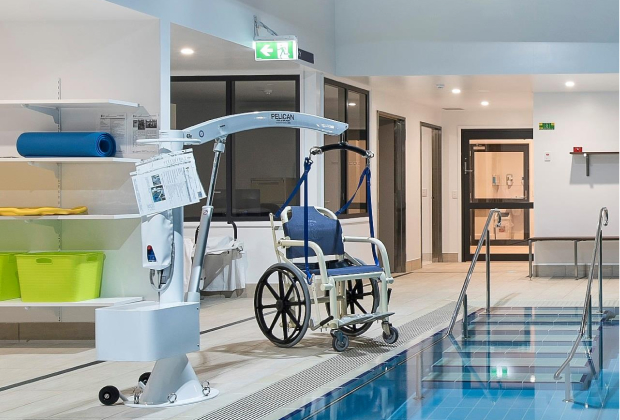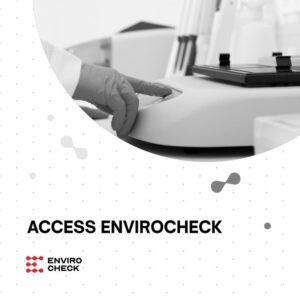Lifting Equipment for People with Limited Mobility

Living with a disability or limited mobility can be extremely challenging, but advancements in lifting equipment technology have brought a new level of independence and comfort to many. These innovations like disabled lifting equipment are not just tools; they are lifelines that empower individuals to overcome physical barriers and engage more fully in everyday life.
Lifting equipment designed for people with disabilities and limited mobility comes in various forms, each tailored to meet specific needs. From stairlifts to ceiling hoists, these devices are transforming lives by providing safe and efficient mobility solutions.
Stairlifts are a popular choice for those who find navigating stairs difficult. These motorised seats are attached to a rail system alongside the staircase. With the push of a button, the user is smoothly transported up or down the stairs, eliminating the physical strain and risk of falls. Stairlifts are customisable to fit any staircase, ensuring a solution for virtually every home.
Another vital piece of equipment is the wheelchair lift, which provides access to higher levels without the need for a traditional ramp. These lifts can be installed in homes, public buildings, and vehicles, offering a versatile solution for overcoming height barriers. Some models are even portable, allowing users to take them wherever they go.
Ceiling hoists represent a significant advancement in lifting technology. These systems consist of a motorised unit that travels along a ceiling-mounted track, carrying a sling in which the individual is securely seated. This setup is particularly useful for transfers between beds, chairs, and bathrooms, making it an essential tool for those with very limited mobility and their carers.
Portable hoists are also available, offering a more flexible lifting solution. These can be moved from room to room and are ideal for temporary or shared living spaces. Despite their portability, they are sturdy and secure, ensuring safe transfers in various settings.
Bath lifts are a boon for those who struggle with getting in and out of the bathtub. These devices gently lower and raise the user into and out of the water, providing a safe and relaxing bathing experience. With features like reclining backrests and water-tight hand controls, bath lifts combine comfort with functionality.
For individuals who spend significant time in a wheelchair, transfer boards and transfer belts assist in moving between the wheelchair and other seating areas. These aids reduce the physical strain on both the user and caregivers, promoting independence and safety.
One of the most revolutionary aspects of modern lifting equipment is its user-friendly design. Many devices now come with remote controls, simple interfaces, and customisable settings, making them accessible even for those with limited dexterity or strength. This user-centric approach not only enhances independence but also boosts the user’s confidence in managing their mobility.
Moreover, the psychological impact of these technologies cannot be overstated. Lifting equipment provides more than physical support; it offers emotional upliftment as well. The ability to move freely and safely in one’s environment is empowering, enhancing the quality of life and fostering a sense of self-reliance.
Finally, lifting equipment for people with disabilities and limited mobility is a testament to the remarkable strides made in assistive technology. Disabled lifting equipment is not just about facilitating movement; they are about breaking down barriers, promoting independence, and raising spirits. As technology continues to evolve, the future looks even more promising for those seeking mobility solutions that offer freedom and dignity.






